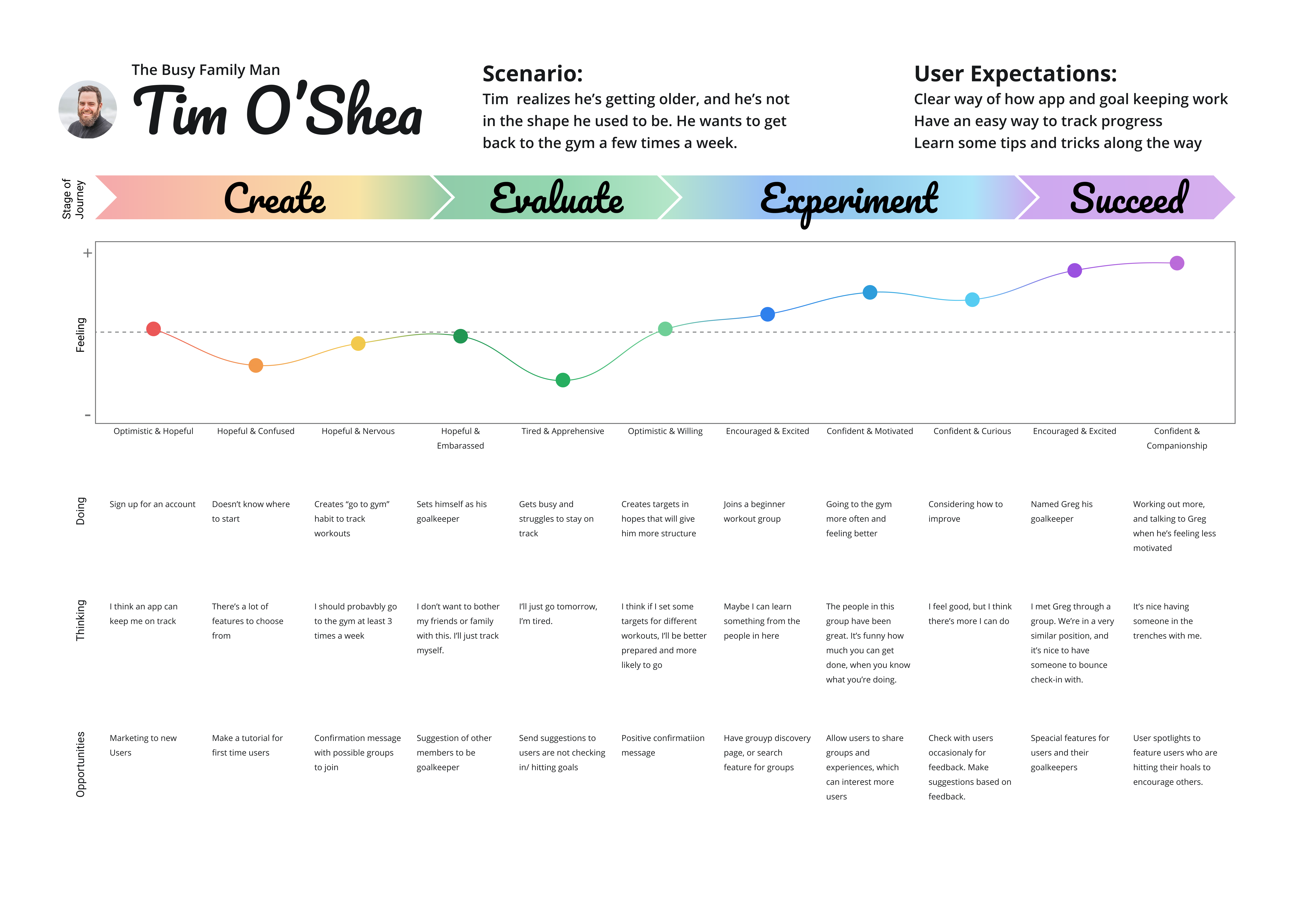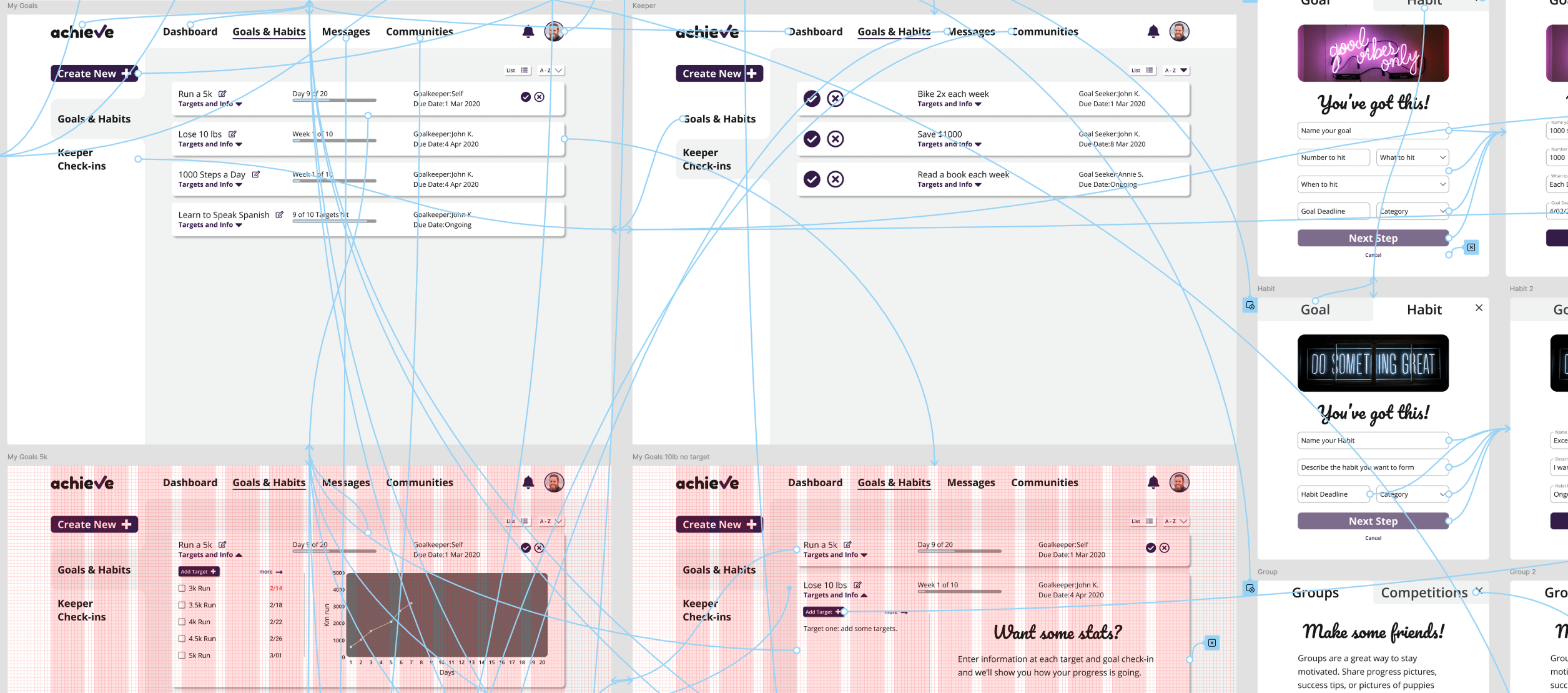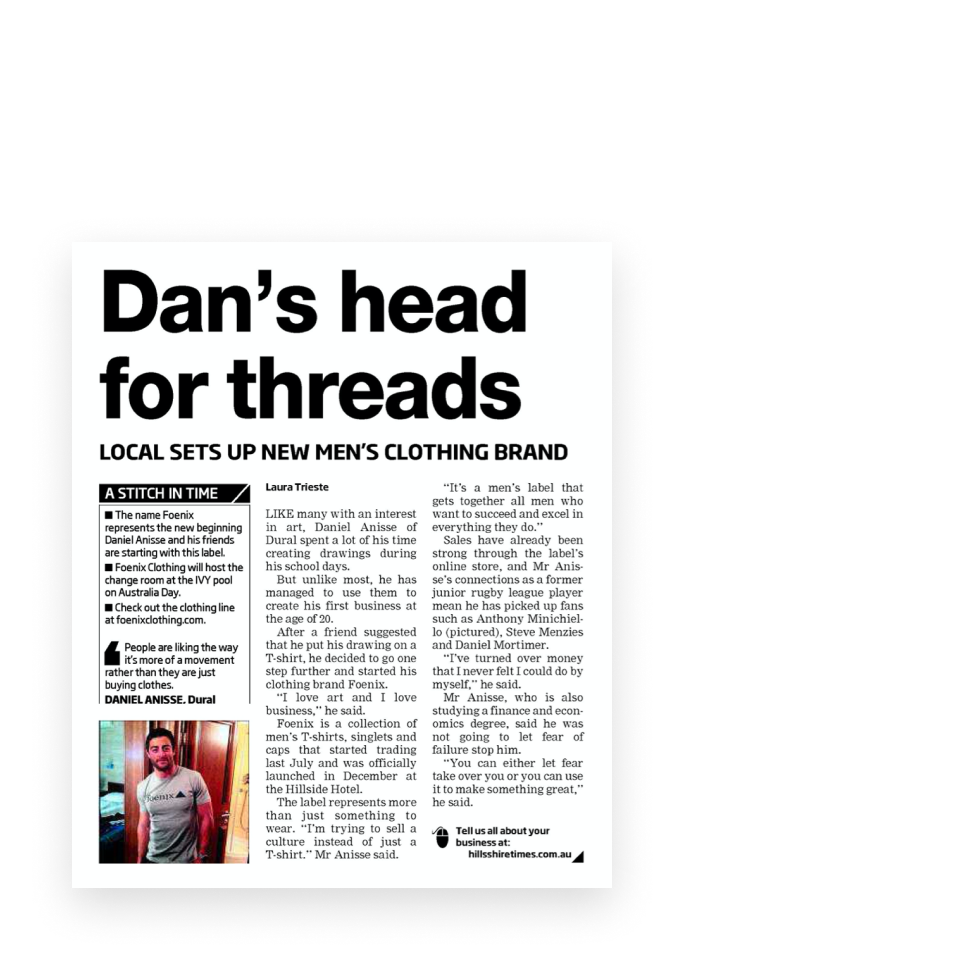
Build an inclusive goal-tracking app that accommodates different user types — from self-motivated solo users to those who thrive with accountability and community.
Users didn’t all want the same experience. Some were deeply social, others didn’t want to share at all. The system needed to stay supportive without forcing a structure on anyone.
We landed on a modular social structure that gives users total control. They choose their own “goalkeeper” or go it alone. They join groups or stay private. We designed the entire product and conducted interviews that helped us pivot toward a more social, supportive ecosystem.
We began by surveying potential users and conducting interviews to understand their current goal-setting habits, frustrations, and what keeps them accountable. This helped us uncover the importance of personalization and social accountability. We also looked at competitive tools like Habitica, Strides, and Streaks, identifying where they fell short for people looking for both structure and flexibility.


We created personas and journey maps to define how different types of users might engage with the platform. Some wanted to improve health, others wanted to break bad habits — but all needed autonomy. Based on this, we shaped a strategy that emphasized encouragement, optional accountability (via “Goal Keepers”), and flexibility in tracking.


We mapped out the platform’s content and navigation structure — balancing goals, habits, check-ins, and communities. The challenge was creating a system that worked for someone building one habit or 20 complex goals, without losing clarity or usability.


We designed the interface to feel positive and empowering — using bold colors, rounded shapes, and friendly copy. The onboarding flow guides users to create either a goal or habit, name their metrics, and optionally assign a Goal Keeper. The grid background subtly evokes a sense of structure and progress.


We built a high-fidelity prototype that let users walk through the full experience — from signup through tracking progress. We tested this with users and received positive feedback on clarity, motivation, and the balance of flexibility vs. structure.


The final prototype reflects a product that adapts to its users. Whether someone wants private tracking or community support, they’re in control. From reminders to group check-ins, everything flexes around how the user defines success.


